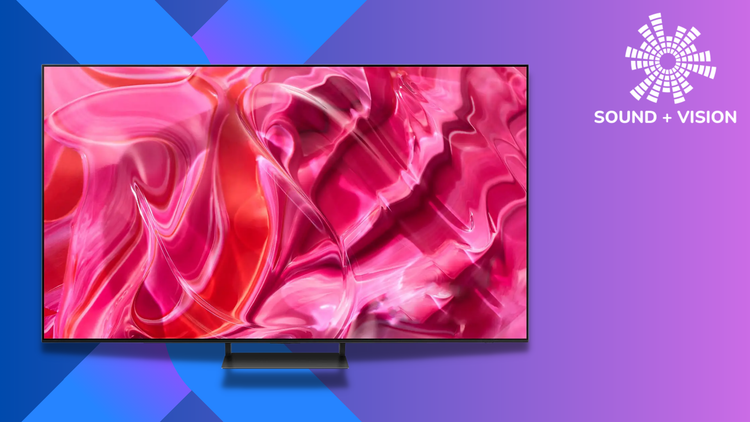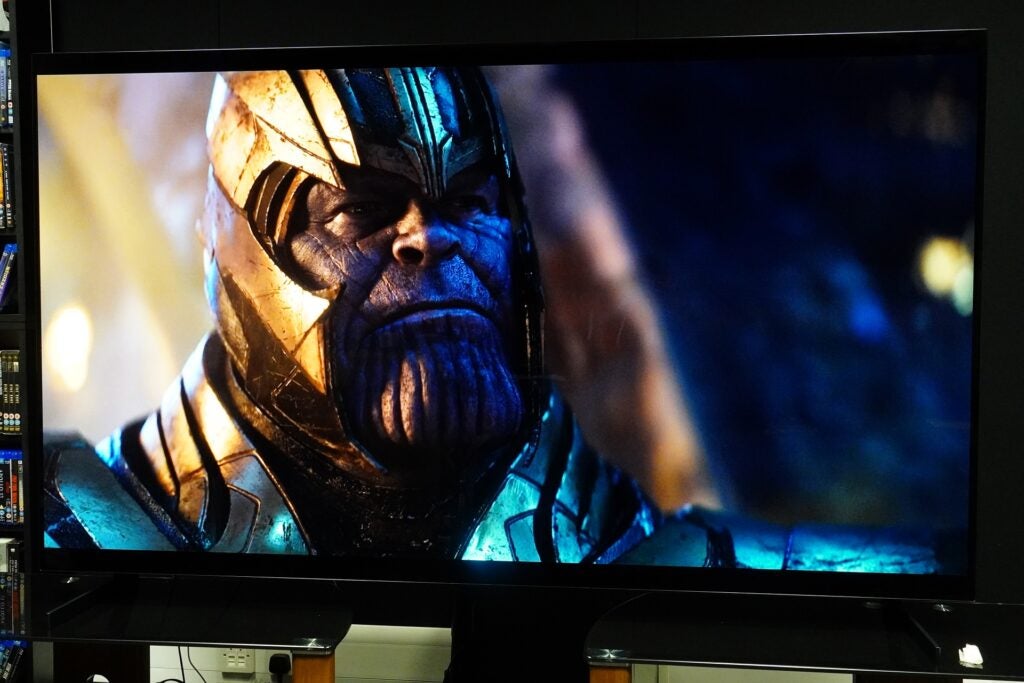Sound and Vision: When it comes to TVs, bigger is better

OPINION: If you're thinking about getting a new TV, I strongly advise you to contemplate opting for a larger display size than you initially anticipated.

Over the past couple of years, there has been an abundance of trends revolving around televisions, but arguably the most noticeable trend (especially in terms of appearance) is the continuous increase in TV sizes.
Loewe revealed its largest OLED display to date, measuring 77 inches, while Samsung just unveiled an impressive 83-inch OLED screen and a mind-boggling 98-inch Q80C. TV manufacturers rarely boast about releasing a 40-inch size anymore, as that has become very common and unremarkable.
There are various explanations for this phenomenon. One could adopt a skeptical perspective and argue that it is primarily driven by the desire to increase profits, which holds some truth. Undeniably, the profit margins for LCD TVs have progressively decreased for conventional sizes, while larger screens measuring 70 inches or more are now prevailing.
I could also contend that individuals desire a more immersive home entertainment experience to enjoy movies, television shows, and sports. Is this preference a result of the lingering effects of the pandemic? It is possible, but television sizes have been gradually increasing even before the pandemic hit. In the UK and US, 55 inches has been regarded as the most prevalent size, but there has been a significant focus on colossal screens, particularly in the US.
I made a purchase of my initial television set back in 2013, and at that moment, it had a screen size of 46 inches, which I considered to be quite colossal at the time. It's amusing to acknowledge how these days that size is commonly perceived as relatively petite.
Afterwards, I upgraded to a 55-inch screen, which I considered quite large at that moment. However, in comparison to the 65-inch television I currently own, it appears insignificant. Occasionally, I contemplate whether a 75-inch TV would be more fitting for the living room.
The distinction in upgrading is evident. Initially, I believed that a 65-inch television was excessively large, but over time, you become accustomed to the size and it becomes the standard. The same thing happened when my brother sought my advice regarding a new television. He was considering a 50-inch model, and I suggested that he opt for a 55-inch one if possible. After a brief period of adjustment to the larger size (as he was upgrading from a 42-inch Plasma screen), he has not experienced any regrets.
Some people may prefer a screen size smaller than 50 inches due to limited space or for use in the bedroom or another secondary room. However, larger TV sizes are not just a passing trend like 3D technology. They represent the new norm. There is a noticeable improvement in the visual experience, with images appearing grand and almost resembling your own personal IMAX screen at home, especially if you invest in a high-quality television. Personally, I had the opportunity to review a 77-inch LG 8K TV in 2022, and the sheer size of the images was the most enjoyable aspect of it.
If you're in the market for a new television and have enough room, I recommend ignoring that nagging thought telling you that a 50- or 55-inch TV will suffice. A television typically lasts for many years, so it's worth considering a larger size. I believe you won't regret opting for a bigger TV. Think big and enjoy a new, spacious television in the comfort of your home.





















